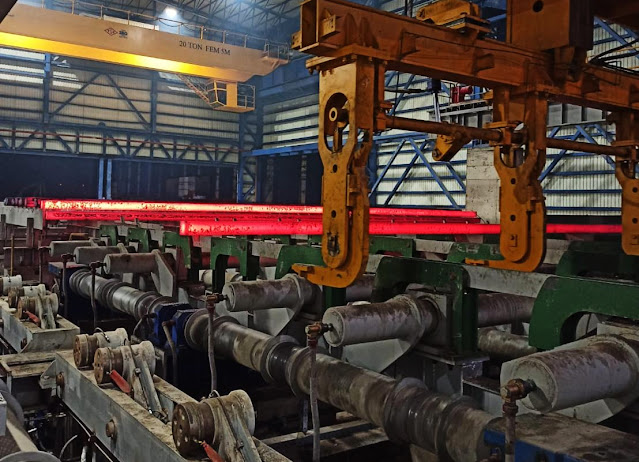Continuous casting process-8. How to control the outflow of molten steel in the tundish / 9. What are the requirements for the structure and shape of the tundish
8. How to control the flow of steel in the Tundish?
The control method of stable comb quantity of 87 Phalaenopsis in Jingyi forest group of Jingyi County in China is that when the scattered materials are open, the diameter nozzle is adopted when the billet is flowing, and the copper water is not controlled from the water outlet. It is required that the diameter nozzle must have good solution and make-up in the national physical and chemical pins of the big Dingbao water conservation village, which is easy to soften and deform, and the accident will be caused by the fracture. Therefore, the integral forming difference bar is now adopted to cool the plug rod by injecting compressed air to improve the service life. Middle self meaning sound moving water device. It is the problem of using 3 sliding plates, two from the upper and lower base bar nozzle. In recent years, the tundish sliding water has been developed, which has long sliding length, which can accurately control the steel flow, which is conducive to the automation.
9. What are the requirements for the structure and shape of the tundish?
Tundish structure should meet the following requirements: strive to reduce the heat dissipation area and good insulation performance: simple appearance, easy to bricklaying, cleaning and pouring operation; The layout of the nozzle should meet the requirements of the slab section and flow number, and the structure is stable and reliable under the long-term high temperature.
Commonly used tundish has rectangle, triangle and ellipse. Tundish shell - welded to 12-20 mm steel plate. The lining is made of fire-resistant bricks (such as clay bricks and high aluminum bricks). The inner wall has a fixed taper to facilitate slag cleaning and bricklaying. 15mm thick asbestos plate shall be laid between the shell and the brick lining to reduce heat dissipation. One or more water outlets are provided at the bottom of the package. The top is provided with a cover, - to keep the heat, and the other is to protect the bottom of the steel package during casting without excessive baking and deformation.
Before pouring, the tundish shall be cleaned and the lining must be baked to about 1100c to avoid freezing of the water inlet during the opening.
E-mail: saleswn@hanrm.com
Daisy Zhai



Comments
Post a Comment